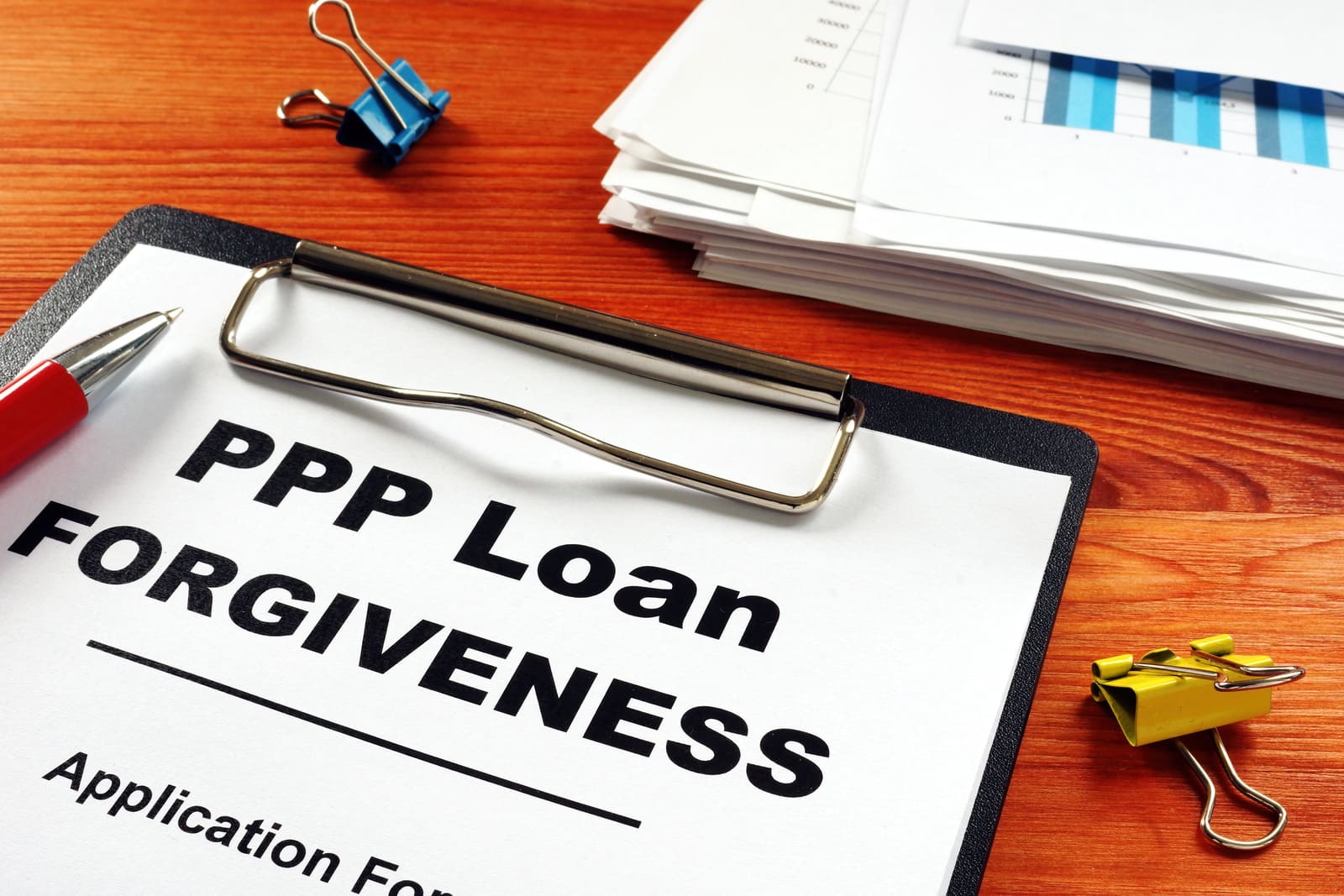Through the CARES Act’s Paycheck Protection Program (“PPP”), businesses with less than 500 employees were permitted to apply for SBA-backed loans necessary to support ongoing operations through the pandemic, provided that the loan proceeds were used to retain workers, maintain payroll or make mortgage, lease and utility payments.
Importantly, PPP borrowers may apply for loan “forgiveness” — meaning that all or some of the loan does not have to be paid back — if the borrower’s use of the loan proceeds meets certain criteria. Generally, a borrower is eligible for loan forgiveness equal to the amount the borrower spent on the following items during the 8-week period beginning on the date of the origination of the loan:
- Payroll costs
- Mortgage Interest
- Rental Payments pursuant to a written lease agreement
- Payment of utilities (electricity, gas, water, transportation, telephone, or internet)
- Additional wages paid to tipped employees.
However, now that most PPP loans have been funded, the 8-week forgiveness clock is ticking and borrowers are facing questions about how to maximize their loan forgiveness. On April 15, 2020, the SBA issued some guidance on forgiveness [https://www.federalregister.gov/documents/2020/04/15/2020-07672/business-loan-program-temporary-changes-paycheck-protection-program]. However, open questions remained as to exactly what qualifies as a forgivable expense and how borrowers should best factor PPP loan forgiveness into their reopening plans (when to hire back employees, how much to pay them, etc.).
Just this week, the SBA released its Loan Forgiveness Application and Instructions for Borrowers
https://content.sba.gov/sites/default/files/2020-05/3245-0407%20SBA%20Form%203508%20PPP%20Forgiveness%20Application.pdf which clarifies some of the open questions and provides helpful insight into the information and documentation required by the SBA in support of a forgiveness application. The forgiveness application is completed by the small-business borrower and is submitted to the bank or lender from whom the borrower received its PPP loan. The application can be used by borrowers as a tool to help strategize their reopening plan and payroll procedures, while also ensuring they maximize their PPP funding.
In addition to the forgiveness calculator, the SBA’s Loan Forgiveness Application and Instructions released this week also provide additional clarification on forgiveness issues, including the following:
- Owner Bonuses – The SBA stipulations now say that amounts being submitted as payroll costs for forgiveness related to owner-employees, self-employed individuals and partners may not ” exceed eight weeks’ worth of 2019 compensation for any owner-employee or self-employed individual/general partner, capped at $15,385 per individual.”
- Payroll Paid After 8th Week – Payroll expenses do not have to be both “paid and incurred” in the exact eight-week period (56 days) that begins on the day that the first loan proceeds are received. The Application allows the borrower to choose to use the 56-day period following the receipt of the first loan money, which is referred to as the “Covered Period,” or to select the “Alternative Payroll Covered Period,” to coincide with the payroll schedule of the borrower, if it is bi-weekly or more frequently.
- FTE Calculation – The SBA has cleared up how businesses can calculate their “full time equivalency (“FTE”). The first option is to take the average number of hours paid each week for each employee, divide by 40 and round the total to the nearest 10th. The maximum number of hours per employee is 40 or 1 FTE. The simpler method assigns 1.0 for employees who work 40 hours or more per week and .5 for employees who work fewer than 40 hours. Employees that turn down your offer of reemployment don’t impact the FTE calculation (assuming you made the proper offer and documented the refusal).
- 75% Salary Wage Reduction Rule – The SBA is using an average salary/pay rate for the first quarter for each employee actually on the payroll in the 8-week period. Owner-employees aren’t part of the calculation for this or FTEs.
While the SBA’s Application and Instructions released this week does provide some clarity, it also brings up new questions and concerns for small business owners — especially if crunching numbers isn’t their specialty. At Peterpaul Law we are helping small business owners get back on their feet following COVID-19. If you have any questions about your PPP Loan or how to maximize forgiveness, please contact us today.




